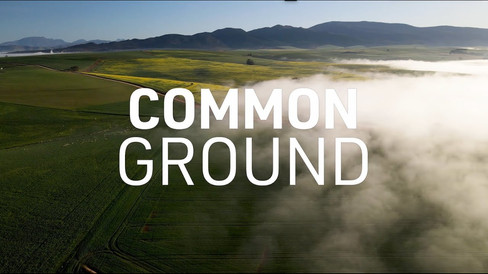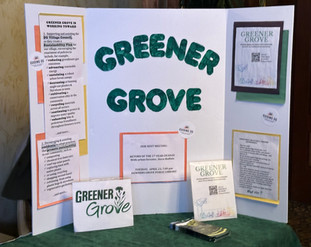Thanks to everyone for making Earth Week a success! It was wonderful to see the community come together to learn, plant, clean up, and celebrate. We can’t wait to make Earth Week an annual tradition in Downers Grove.
Let’s keep the momentum going with our upcoming events
May 4 River Sweep
Nature Conservancy Sponsored "River Sweep Clean Up."
Join fellow DG residents and pick up trash and litter in a DG wetland area! Saturday, May 4th between 9-12 (can come and go when needed) Wetland area around 40th St and Glendenning Rd in northeast DG. This is DG Park District land that is part of this overall clean-up effort.
Contact info@greenergrove.org to get detailed info and waivers that will need to be signed to participate.
May 21 Fishel Park
Stop by our Greener Grove Booth at the Tuesday night Summer Concert Series in Fishel Park.
May 28 Downers Grove Public Library
Greener Grove meeting with DG Sustainability Coordinator, Jason Michnick. He’s asking us to share our ideas of what we would like to see regarding the sustainability plan the village is in the process of creating.

























































